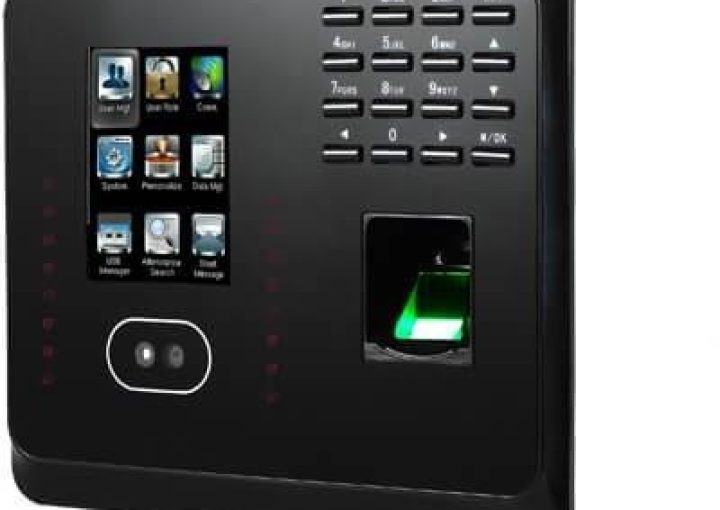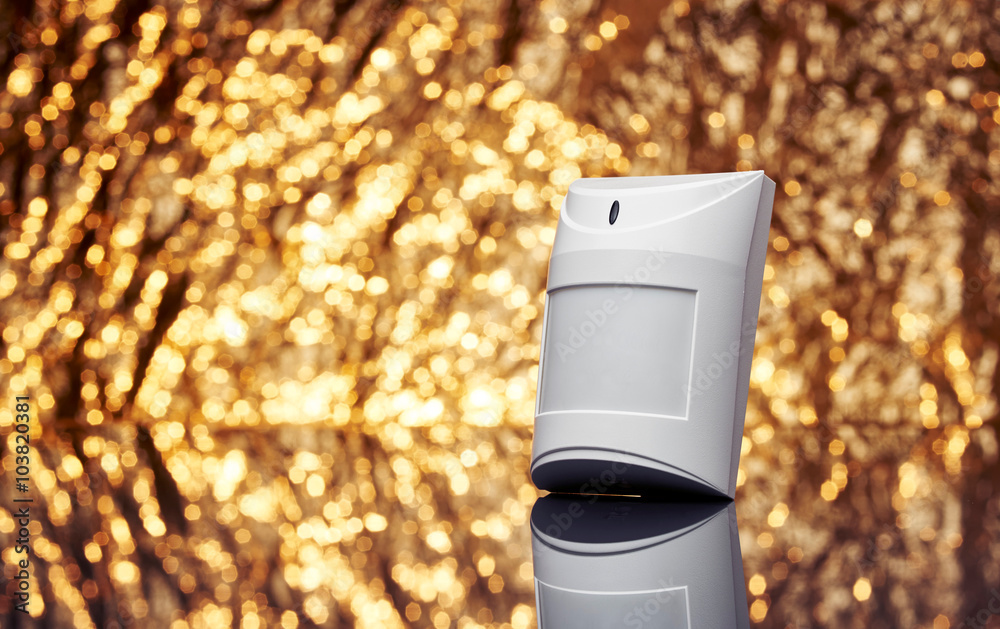Table of Contents
ToggleIn today’s fast-paced world, security is a top concern for individuals and organizations alike. Whether it’s protecting physical assets, sensitive information, or ensuring the safety of employees and residents, having robust access control systems in place has become crucial. Access control systems provide a reliable means of regulating and monitoring access to physical spaces, allowing only authorized individuals to enter and ensuring that security measures are in place.
Access control systems have become an essential aspect of guaranteeing the safety and effectiveness of numerous organizations in today’s fast-paced and interconnected world. Whether it’s a business office, a government facility, a healthcare facility, or even a residential property, having a strong access control
system is critical to safeguard assets, ensure privacy, and improve overall security. As the world becomes more interconnected, protecting sensitive information and physical assets has become paramount for individuals and businesses alike.
Access control systems provide a comprehensive solution for ensuring that only authorized individuals have access to restricted areas or digital resources. Organizations can reduce security risks, prevent unwanted access, and protect data integrity by deploying strong access control procedures. Access control systems are security mechanisms designed to manage and regulate entry to physical spaces, such as buildings, rooms, or facilities, as well as digital resources, including computer networks, databases, and sensitive information. These systems use a combination of technologies, protocols, and policies to authenticate users, validate their access permissions, and grant or deny entry. We informed systems ltd are the leading suppliers and dealers of Access control Systems. Below are the information necessary to aid in the understanding of what access control systems are and what they entail.
Types of Access Control Systems
Physical Access Control Systems
Physical access control systems are designed to protect physical locations and assets. They often employ measures such as key cards, proximity cards, or biometric identifiers to grant or deny entry. Office buildings, airports, data centers, and other high-security institutions frequently use physical access control systems.

Logical Access Control Systems

Access to computer networks, software applications, and data resources is controlled by logical access control systems, also known as digital access control systems. They rely on authentication methods like usernames, passwords, two-factor authentication, or digital certificates to verify users’ identities and enforce access restrictions
Biometric Access Control Systems
Biometric access control systems utilize unique physical or behavioral traits, such as fingerprints, facial recognition, iris patterns, or voice recognition, to authenticate individuals. Because biometric identifiers cannot be easily replicated or stolen, they provide a better level of security and convenience. We informed Systems are the best dealers of Biometric Access Control Systems.

Advantages of Access Control Systems
Enhanced Security– Access control systems ensure that only authorized persons may enter restricted areas or access sensitive information, lowering the risk of theft, data breaches, and unauthorized
Improved Operational Efficiency- Organizations can save time, decrease administrative expenses, and improve overall operational efficiency by optimizing access management
Audit Trails and Reporting– Access control systems provide detailed audit trails and reporting capabilities, allowing organizations to monitor access events, track user activities, and investigate security incidents
Flexibility and Scalability– Access control systems can be customized to accommodate various access levels, time-based restrictions, and user They can be expanded to accommodate organizational expansion and evolving security needs.
Integration with Other Systems– To create a thorough security ecosystem, access control systems can be integrated with other security systems including visitor management, video surveillance, and intrusion
Components of Access Control Systems

Access control readers
Access control readers are devices used to capture and verify user credentials. They can be in the form of card readers, fingerprint scanners, keypads, or retina scanners, depending on the chosen authentication method.

Access Control Credentials
Access control credentials refer to the means by which users are identified and authenticated. These can include key cards, access badges, PIN codes, biometric data, or mobile authentication apps.

Access Control Panels
Access control panels act as the centralized control hub of the system. They manage and coordinate the communication between access control readers, credentials, and other connected devices.
Access Control Software
Access control software provides the interface for administrators to configure access rules, manage user profiles, generate reports, and monitor access events. It enables seamless integration with other security systems and simplifies overall system management.
The functionality of Access Control Systems
Authorization: Access control systems ensure that only authorized individuals are granted access to specific areas. Access privileges can be assigned based on roles, time schedules, or specific permissions, providing flexibility in managing access rights.
Monitoring and Audit Trails: Access control systems log all access events, creating detailed audit trails. These records include information such as date, time, and user identity, enabling administrators to review and track user activities. This feature is invaluable for security investigations and compliance purposes.
Remote Management: Modern access control systems often offer remote management capabilities, allowing administrators to control and monitor access from a centralized location. This is particularly beneficial for multi-site organizations or those with distributed facilities.
Implementing an Access Control System
An access control system must be set up with careful design and implementation. Here are key steps to consider:
- Perform a security assessment to determine the organization’s security requirements and identify critical areas that require access control
- Define Access Policies– Establish access policies and determine the appropriate access levels, user roles, and authorization rules for different areas or
- Select the Right Technology-Choose the suitable access control system technology based on the organization’s requirements, budget, and scalability
- Install Hardware and Infrastructure-Deploy access control readers, panels, and other necessary hardware Ensure the infrastructure supports reliable communication and power supply.
- Configure and Test the System-To make sure the system works as intended, configure the access control software, provide user profiles and access rules, and put it through rigorous
- Users and administrators should receive thorough training on how to utilize the access control system efficiently and follow security
- Continuous Maintenance and Updates– To address any vulnerabilities or new security risks, maintain the system on a regular basis, update the software, and keep an eye on access
Best Practices for Implementing Access Control Systems
The following best practices should be considered to increase the efficiency of access control systems:
- Conduct routine access reviews to make sure user access rights and permissions are current and in line with the organization’s shifting
- Implement Two-Factor Authentication- Strengthen security by implementing two-factor authentication methods, such as combining a password with a fingerprint scan or a security
- Encrypt Sensitive Data-Protect sensitive data by implementing strong encryption mechanisms for stored or transmitted information within the access control
- Physical protection against tampering and illegal access should be provided by a secure physical infrastructure for the access control
- Monitor and Analyze Access Logs -Keep an eye out for any unusual activity or potential security breaches by continuously monitoring access logs and examining access
Access control systems have become essential tools for maintaining security and managing access in various environments. By leveraging advanced technologies and robust authentication mechanisms, these systems offer enhanced security, improved operational efficiency, and valuable insights into user activities. Whether it’s a small business, a large organization, or a residential community, implementing access control systems can significantly enhance overall security measures. With the ever-evolving threat landscape, investing in access control systems is a proactive step towards safeguarding people and assets in today’s interconnected world.




